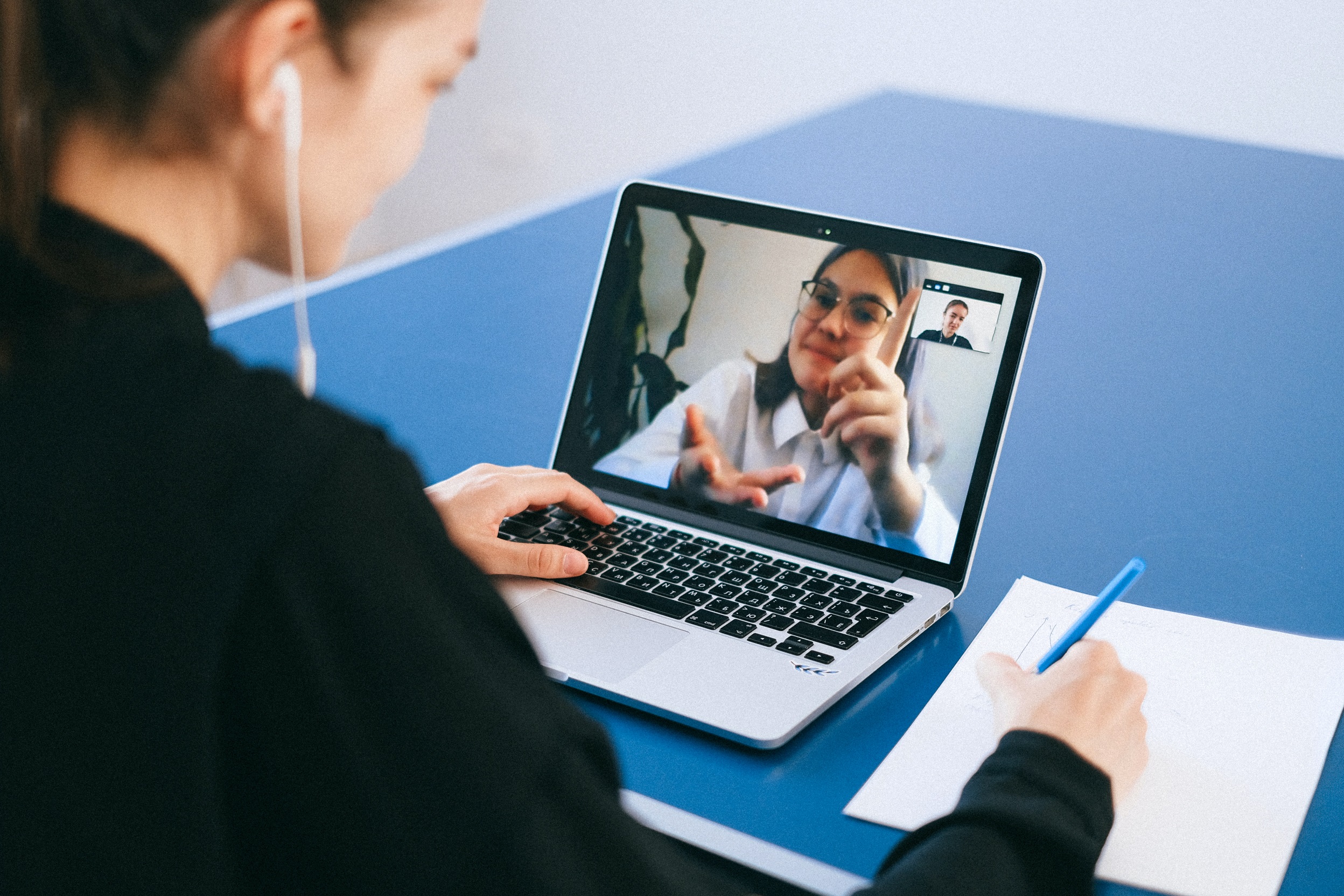Usability testing allows you and user experience teams in your business to better understand the way users interact with products and why. It is a highly integral part of the user experience design.
Not only that, it allows you to understand and perceive the way users interact with your product such as a website. Two most common usability testing methods are unmoderated and moderated testing methods.
What is unmoderated usability testing?
Unmoderated testing is a form of automated usability testing that does not require the presence of any moderator or trained facilitator at source. In fact, test participants utilize their own devices in the comfort of their chosen place to partake in the testing.
The process involves the usage of special automated tools to overview user journey over a specific user scenario.
Strengths
- No need for a moderator or facilitator
- Time-saving due to the lack of planning and individual moderating
- Can occur anywhere, anytime, and on any preferred devices of the test participants
- Highly flexible
Weaknesses
- No space for moderator to intervene in case something goes off-track (collective or individual)
- Lesser understanding of participant’s psychology because of the lack of questioning and direct feedback
Tips for better results
- Assess the overall quality of the testing criteria by running a pilot or mockup test to ensure smoothness in the process.
- Learn after the test participants, especially, post-study when you are assessing the data and calculating feedback.
- Unmoderated tests are cheaper and offer quick results so try to increase the number of test participants. This is also a safety net in case some of them don’t show up.
What is moderated usability testing?
Moderated usability testing involves the presence of a trained moderator or facilitator along test participants. They are there to ensure that the process goes smooth and there is clarity for every problem regarding the product or service such as website.
Moderated testing takes place to understand the “why” of how the target audience interacts with the product the way they do. It enables you to identify the pain points and potential problems in your website or any other product. It can take place remotely or on-site using usability testing labs.
Strengths
- It is easier to ask questions and inquire about the way participants are interacting or not with the product
- There is room for improvisation during the process due to real-time monitoring and fewer participants so you can land few additional tasks after reviewing the process
Weaknesses
- Preparation for documentation of the results using technical tools
- Time-consuming, inflexible, and costly
- Risk of moderation or reviewing bias
Tips for better results
- Run a pilot test to accomplish smoothness in all parts of the process and avoid any bottlenecks during the actual test process.
- Ensure moderator trust to let the users and participants open up and involve themselves fully to produce effective results and valuable feedback.
- Utilize various prototypes like hi-fi prototypes to let the participants partake in tests with utmost confidence and real-world scenarios.
Conclusion
You can choose the right type of usability testing method once you are clear on the type of data that you need to improve user experience. You can easily determine the type of data you need by checking up on your goals for better user experience.
Also, you can try to run both testing methods: moderated to learn the behavior and interactions of users and unmoderated for testing the changes in real-world scenarios.

Sweta manages omni-channel marketing at TryMyUI and has previously worked as a Startup Growth Advisor for Plug and Play Center and 500Startups.





